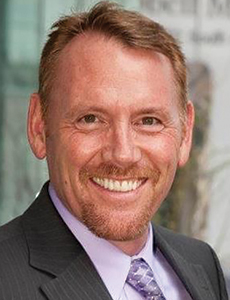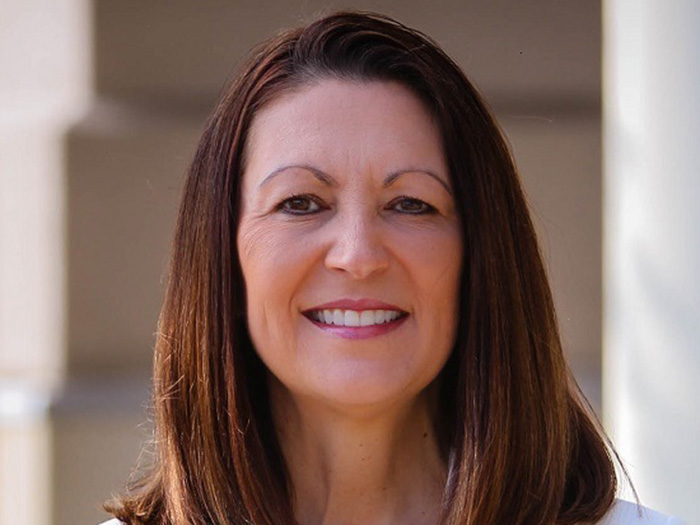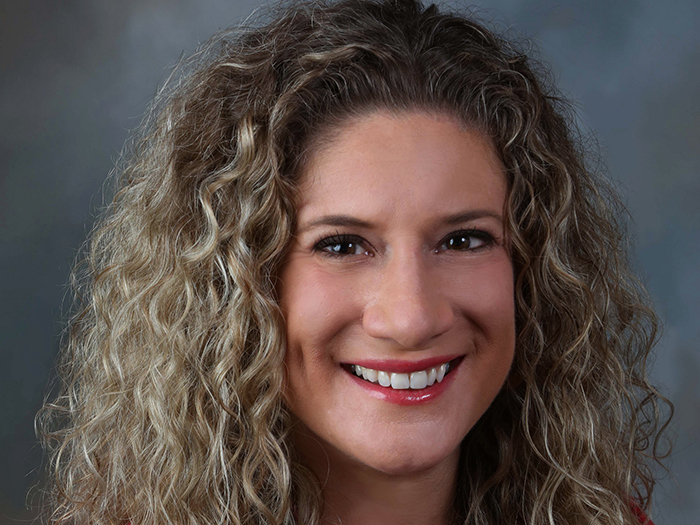2017 Risk All Star: Courtney Claflin
Captives: Writ Larger
The University of California, a massive institution with 10 campuses and more than 375,000 students, owned a captive but it was just getting started with it. As many large organizations do, the educational system was self-insuring many of its risks. As such, it had yet to take advantage of some of the risk transfer and investment opportunities that mark a more mature approach to captive use.
Courtney Claflin, a Minnesota native with decades of experience in insurance, arrived at UC a few years ago and started to change all of that. Forty-five days into his tenure, he laid out a $1 billion plan to house much more of the UC system’s risks in captives.
The board of directors of Fiat Lux, the system’s existing captive, loved Claflin’s plan and greenlighted it. Now they are very happy they did.
Claflin built the captive from four lines of coverage to 25 lines of coverage and is in the process of launching a handful of additional captives.
Instead of paying retail rates for excess coverage above its self-insured retentions, UC can now buy reinsurance at a much lower rate for what is in effect its own robust insurance company.
“By aggregating everything, we’ve got a big surplus position sufficient to create new programs that will make us even more money without having to go back to the University for a capital call,” Claflin said.
And unlike a bank account or a trust that is typically used as a set-aside for self-insured retentions, the university can now use support from one line within its captive to prop up another if needed.
“The whole idea is that you can put all of these lines of coverage in the captive and they can provide ballast to each other,” Claflin said.
Emboldened by his initial success, Claflin approached the university’s Chief Investment Officer and asked him if he could build an investment portfolio, that could be structured using insurance investment parameters. That effort has also paid off for California taxpayers.
“We’ve created probably $25 million in new money that never existed before,” Claflin said of UC’s insurance-related investment returns.
“By aggregating everything, we’ve got a big surplus position sufficient to create new programs that will make us even more money without having to go back to the University for a capital call.” — Courtney Claflin, Executive Director, Captive Programs, University of California
There’s more. Governor Jerry Brown informed the state’s educational system executives that they should do more to create synergies and accompanying savings for the state’s taxpayers.
Toward that end, Claflin is working with his risk management colleagues in the California State University System to create a cell captive within one of the new University of California captives.
Initially, the cell captive that UC is offering Cal State will house Cal State’s workers’ compensation program, its biggest line.
But eventually the hope is that Cal State, just like its sister UC, will eventually add additional lines to that captive.
“Cal State’s cell will be a start in that direction to maybe more efficiently finance their own organizational risks too,” Claflin said. &
_____________________________________________
 Risk All Stars stand out from their peers by overcoming challenges through exceptional problem solving, creativity, perseverance and passion.
Risk All Stars stand out from their peers by overcoming challenges through exceptional problem solving, creativity, perseverance and passion.
See the complete list of 2017 Risk All Stars.











